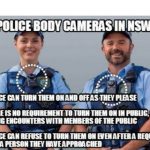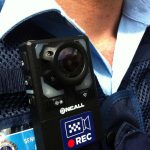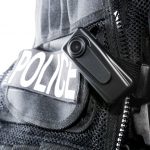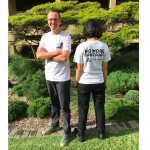More Police in Byron Bay to Get Body Cameras
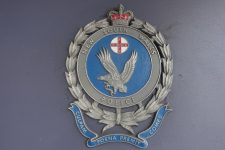
After two recent incidents filmed and uploaded to social media showing police officers using heavy-handed tactics on members of the public, more officers in Byron Bay will be fitted with body cameras.
The process of issuing the cameras is being fast-tracked to the far north NSW coast town, where police recently came under fire for viciously assaulting a naked 16-year old boy and shoving a woman to the ground in two separate incidents.
Four police officers are currently under investigation over the incident involving the 16-year old boy, which outraged the local community when dramatic footage emerged of him crying for help while being pinned down, and repeatedly and forcefully struck with batons.
Police investigating police
Police have confirmed they used pepper spray and a Taser on the teenager, claiming he became aggressive when approached.
But eye witnesses told a very different story, reporting that they saw police pin the teen down and assault him for no apparent reason. The actual footage corroborates the eye witness accounts, showing four officers holding the naked teenager on the ground, calling him a ‘fucking loser’ and repeatedly striking him with batons as he cries for help.
Police have now launched an ‘internal investigation’ into who is telling the truth. Their decision is expected to be known in coming months.
More manpower and body cameras
The local area command enlisted more manpower to deal with drug-affected people over the busy summer holiday months and, as of May, will have more body cameras for officers.
Twenty new cameras have been allocated for the region, which means at least one member of every team on duty will be equipped.
A criticism of body cameras is that officers are completely at liberty to turn them on and off as they please– police do not need to accede to requests from members of the public to turn them on during encounters.
Despite this fundamental problem, Tweed Byron Police District Superintendent Wayne Starling says, “This gives us the opportunity for the community, the Magistrates and police to see the full picture”
The New South Wales police force introduced body cameras in 2014, after initial trials suggested they were both a win for police and the public.
However, a review the very next year found they were rarely being used.
Body Camera use in New South Wales
Under the guidelines for use, police must wear cameras so they are ‘clearly visible’ and, where practicable, must advise anyone they are interacting with, that they are being recorded.
Police can use the cameras anywhere, at any time, at their complete discretion. Again, this means they can turn them on and off at will and they even decide which footage they choose to keep on file.
Use in Queensland
In November 2015, Queensland Police launched the first stage of a $6 million state-wide roll out of police body cameras.
But just 20 months later, police officers admitted that around 40% of the cameras were not being worn, or not being turned on when they were worn. They also admitted to other problems with processing footage and properly storing it.
So despite initial optimism regarding the value of such cameras in keeping both police and members of the public accountable, it appears that the monumental concession that police cause turn them on if and when they please, and store footage only if they wish to has meant the programs have not lived up to their potential.


